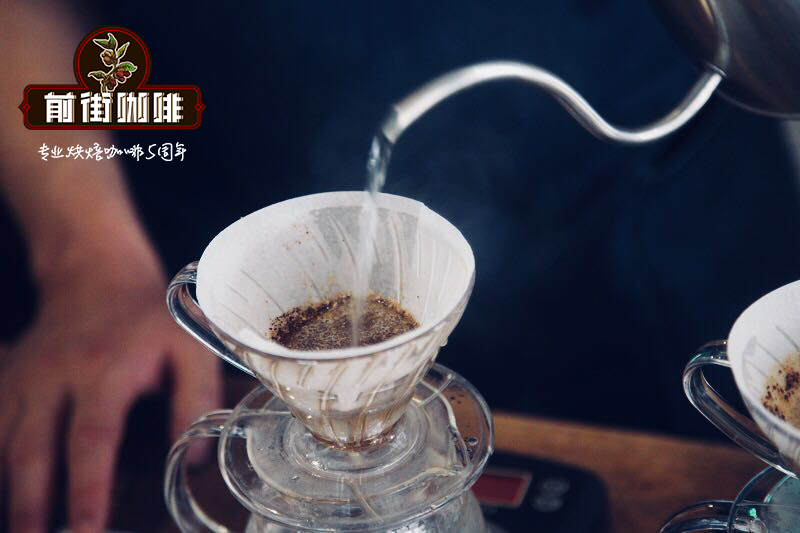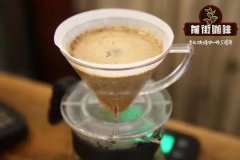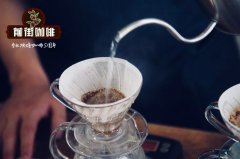What are the characteristics of fine coffee? what is the difference between fine coffee and fine coffee?

Professional coffee knowledge exchange more coffee bean information please follow the coffee workshop (Wechat official account cafe_style)
What is boutique coffee?
The second part: the story of coffee and raw beans
Recently, we discussed how to define boutique coffee. Now, we are delving into the quality assessment process of green coffee, which is one of two ways for professionals to decide whether a kind of coffee is a specialty.
The quality of raw coffee beans is important.
Blue bottle Coffee Raw Bean expert and lab manager Carly Alenius (Carly Ahlenius) did the first thing when the coffee raw bean arrived at our warehouse to evaluate its physical quality.
Like other craft foods or beverages, high-quality raw materials promote the product from mediocrity to excellence, and the quality of a special green coffee determines its delicious potential once cooked. In other words, neither good baking techniques nor professional preparation can make up for the lack of shoddy coffee.
How do we know if coffee is a specialty?
We have an open policy in Blue bottle, and farmers anywhere in the world can send their coffee to Blue bottle for consideration. Carly treats all samples equally, just as she examines the samples of the coffee we plan to buy before shipment.
The process begins with a 350-gram sample from which Carly picks out beans with physical defects. "physical defect" is an all-inclusive term that refers to all kinds of defects that affect the quality of soybean itself. To some extent, such imperfections cannot be prevented at the farm level, but careful planting and processing methods can reduce the frequency of their occurrence. At the very least, thorough sorting in the machining and milling process can remove most of the defects bean.
Carly relies on a box created by the Professional Coffee Association (SCA) that defines physical defects and provides values for them.
Carly Ahlenius: what is boutique coffee 63.jpg
"not all defects affect the quality of the cup in the same way," Carly said. "so SCA classifies defects according to severity and impact on cup quality, and develops a ratio reference guide to determine how many defects bean equals'a complete defect'."
For the first category or major defect, only a complete defect is needed to disqualify the coffee. For type 2 or type 2 defects, five or more are needed to eliminate their particularity.
Clues to raw coffee beans
Many of the defects found by Carly are directly related to the way coffee is grown and processed.
For example, "all black", which is essentially a rotten seed, may occur at several points in the life cycle of coffee cherries. Maybe the cherry is short of water when it is ripe, or there is a seed in the overripe cherry that falls on the ground. If the fermentation time is too long, it will also produce total black defects in the processing process. Because full black is likely to pollute the taste of coffee, as long as one person's efforts, the whole coffee sample will be considered unqualified.
On the other hand, the "shell" is essentially a hollow seed and a natural genetic mutation. It has a less direct effect on taste, so any effect is likely to come from inconsistent roasted deformed beans, not the taste of the beans themselves.
"when you start to learn about a new kind of coffee, or the new harvest of a kind of coffee that we know and love, it's important to understand its current physical state," Carly explained. "
Defect occurrence
Even some of the best coffees we receive are flawed, though they may not be that serious. SCA standards are very high, and in order to meet these standards, a cup of coffee needs to be treated carefully at every step of its journey. In other words, boutique coffee is not accidental.
Give farmers feedback
Defects are not the only factor Carly considers. She also measured the water content, density, screen size and water activity of a cup of coffee raw beans. Although these other findings do not explicitly affect whether a coffee is eligible to be a specialty, they do suggest how coffee might be roasted, how long its shelf life might be, and its journey on the farm. These details not only affect purchase decisions, but also provide us with specific feedback to share with farmers who want to improve the quality of their coffee.
Taking a closer look at this process, we hope to find a clue to why when we talk about coffee, we often emphasize the hard work of farmers, from picking only ripe cherries to sorting every batch of processed fruit. We are not romanticizing their efforts; instead, we are trying to figure out how to upgrade coffee from a commodity to a special crop.
When this leap takes place-when a green coffee arrives at our warehouse, its quality is consistent and relatively flawless-we know that it takes the joint efforts of many people on the farm to achieve this feat.
END
Important Notice :
前街咖啡 FrontStreet Coffee has moved to new addredd:
FrontStreet Coffee Address: 315,Donghua East Road,GuangZhou
Tel:020 38364473
- Prev

What does the concept of boutique coffee mean? the definition of boutique coffee
Professional coffee knowledge exchange more coffee bean information please follow the coffee workshop (Wechat official account cafe_style) what is boutique coffee? The first part: we begin to learn the basic knowledge. Whether you are a novice in the coffee industry or a lifelong consumer, we think it may be useful to solve the most basic problem: what makes boutique coffee unique? You could say that in the coffee service
- Next

How to make coffee in Kenya? How to make coffee in Kenya?
Coffee in Kenya has a frothy, candy-like fruit that our coffee buyers sometimes compare to pop rock or happy ranchers. Its juicy palate, lively acidity, and sparkling, sweet and sour tropical and stony fruit flavors
Related
- Beginners will see the "Coffee pull flower" guide!
- What is the difference between ice blog purified milk and ordinary milk coffee?
- Why is the Philippines the largest producer of crops in Liberia?
- For coffee extraction, should the fine powder be retained?
- How does extracted espresso fill pressed powder? How much strength does it take to press the powder?
- How to make jasmine cold extract coffee? Is the jasmine + latte good?
- Will this little toy really make the coffee taste better? How does Lily Drip affect coffee extraction?
- Will the action of slapping the filter cup also affect coffee extraction?
- What's the difference between powder-to-water ratio and powder-to-liquid ratio?
- What is the Ethiopian local species? What does it have to do with Heirloom native species?

